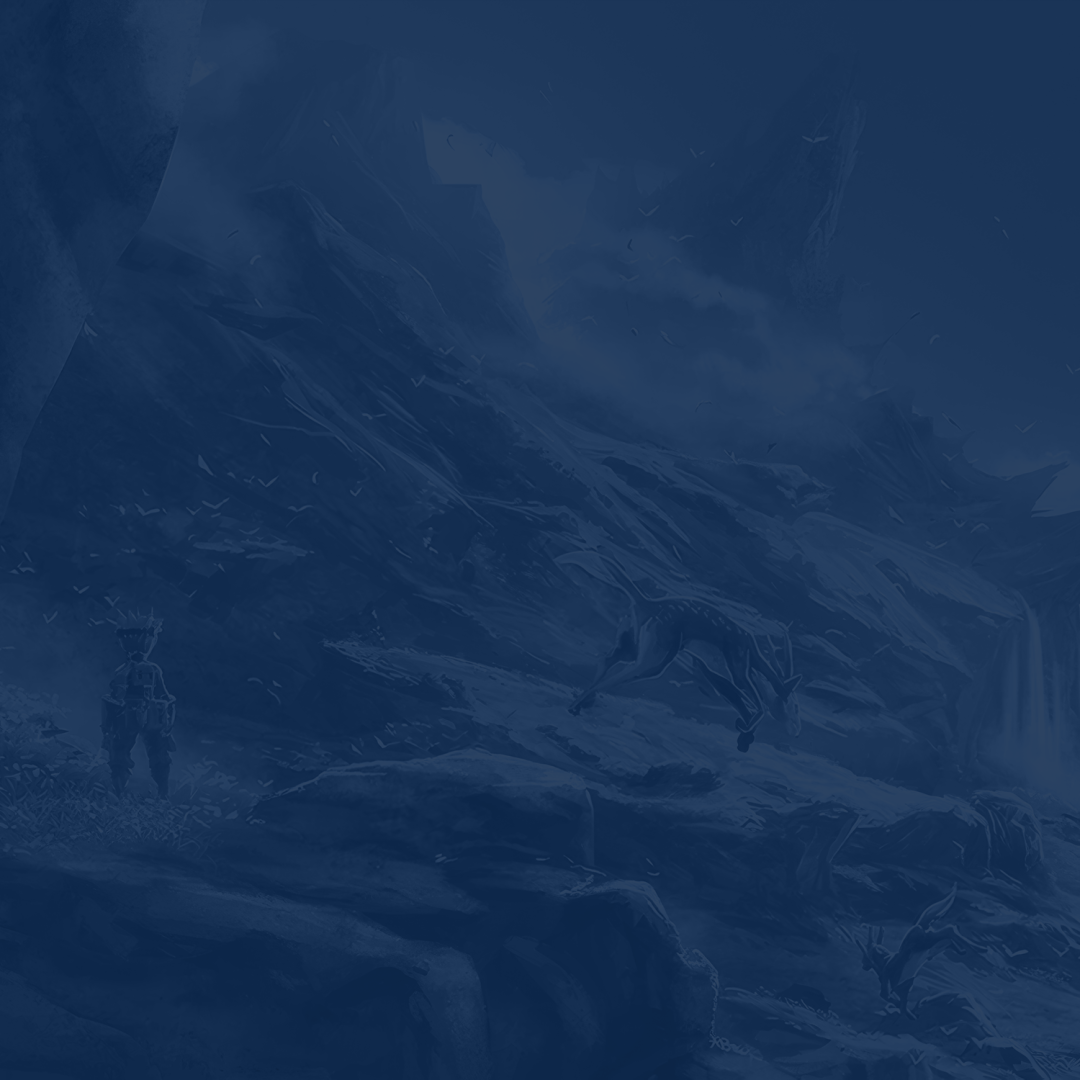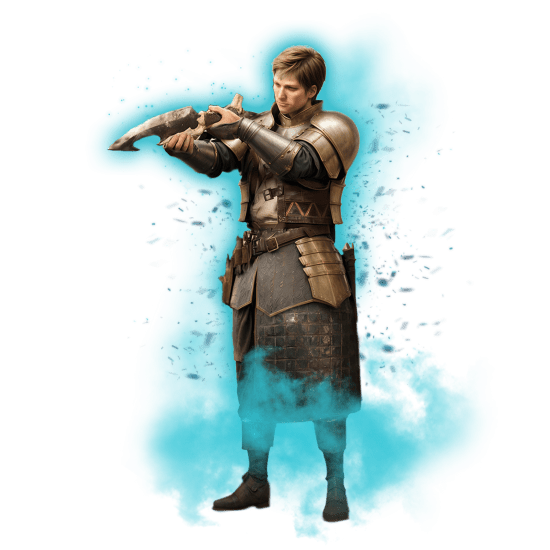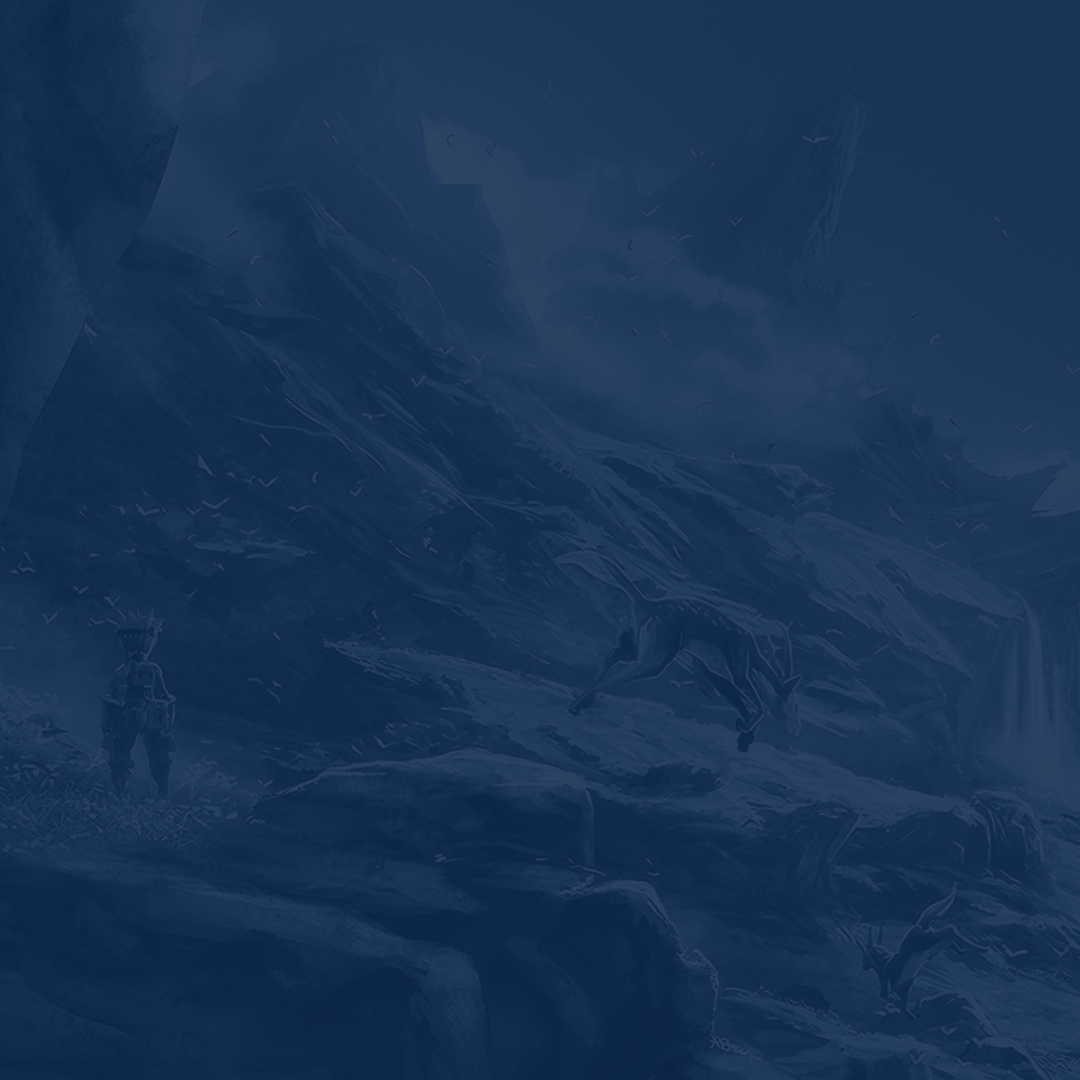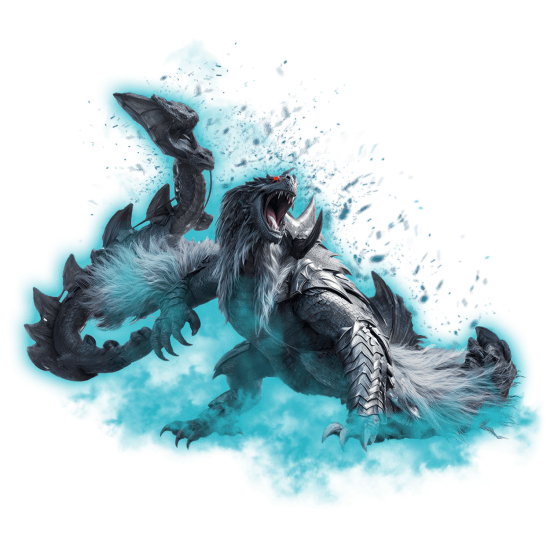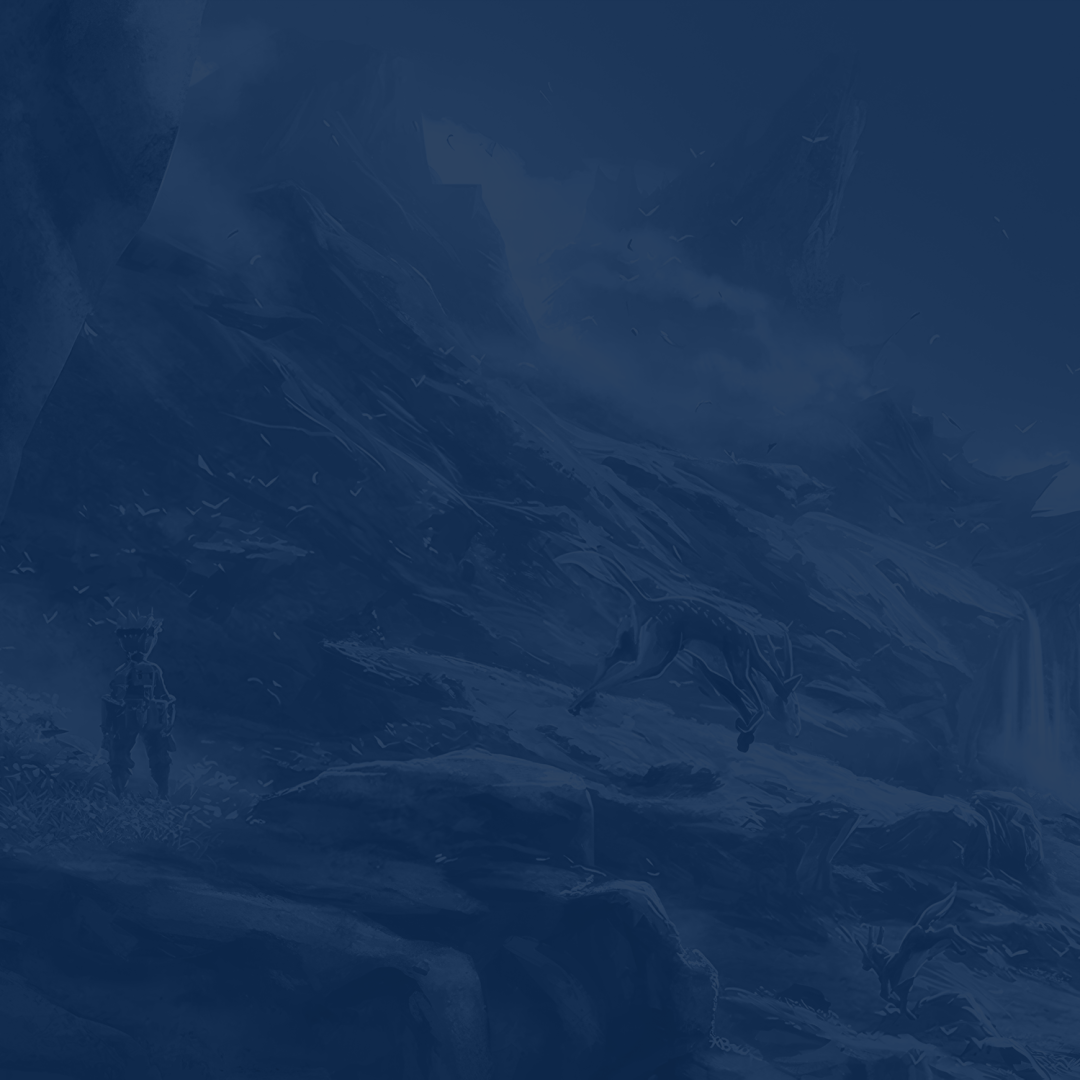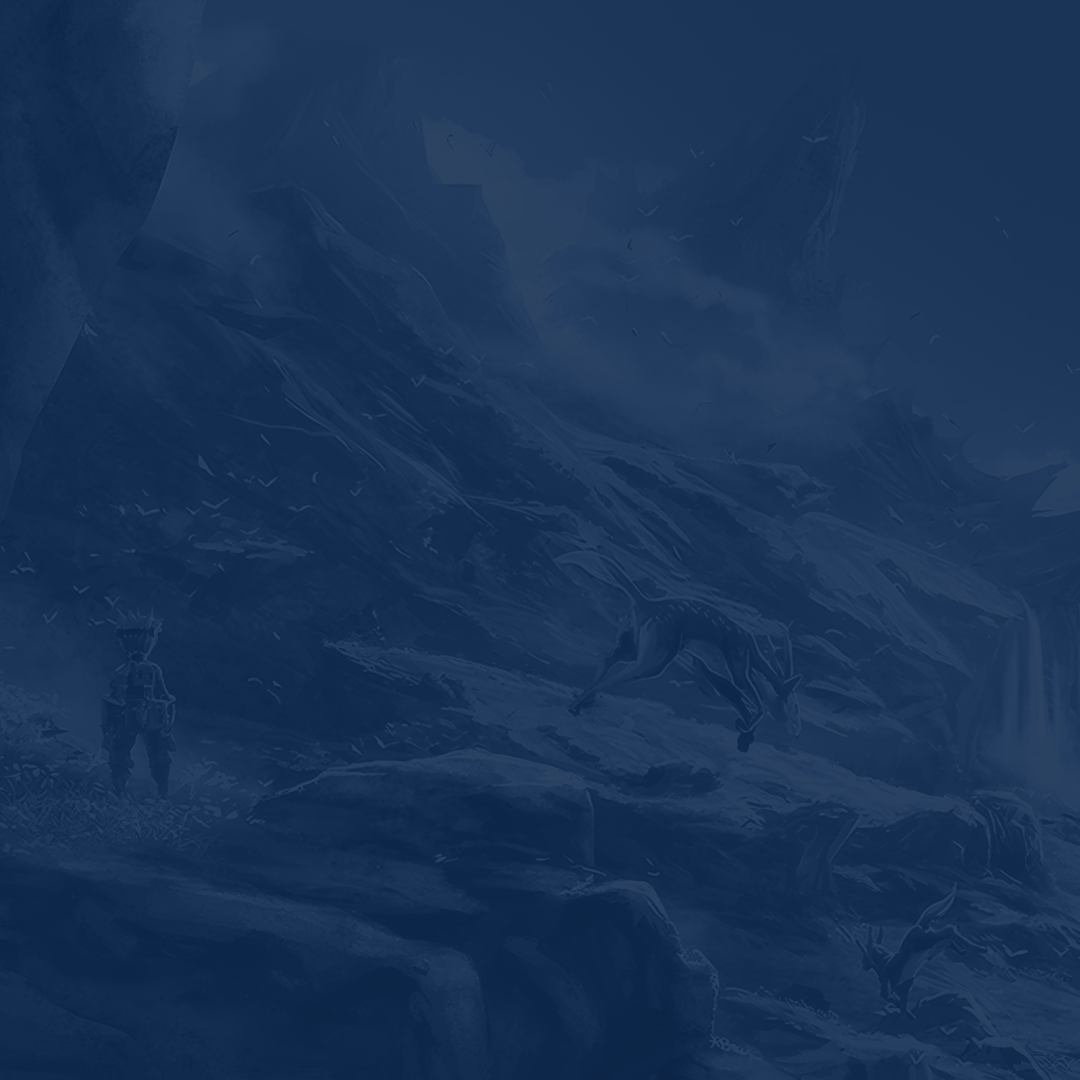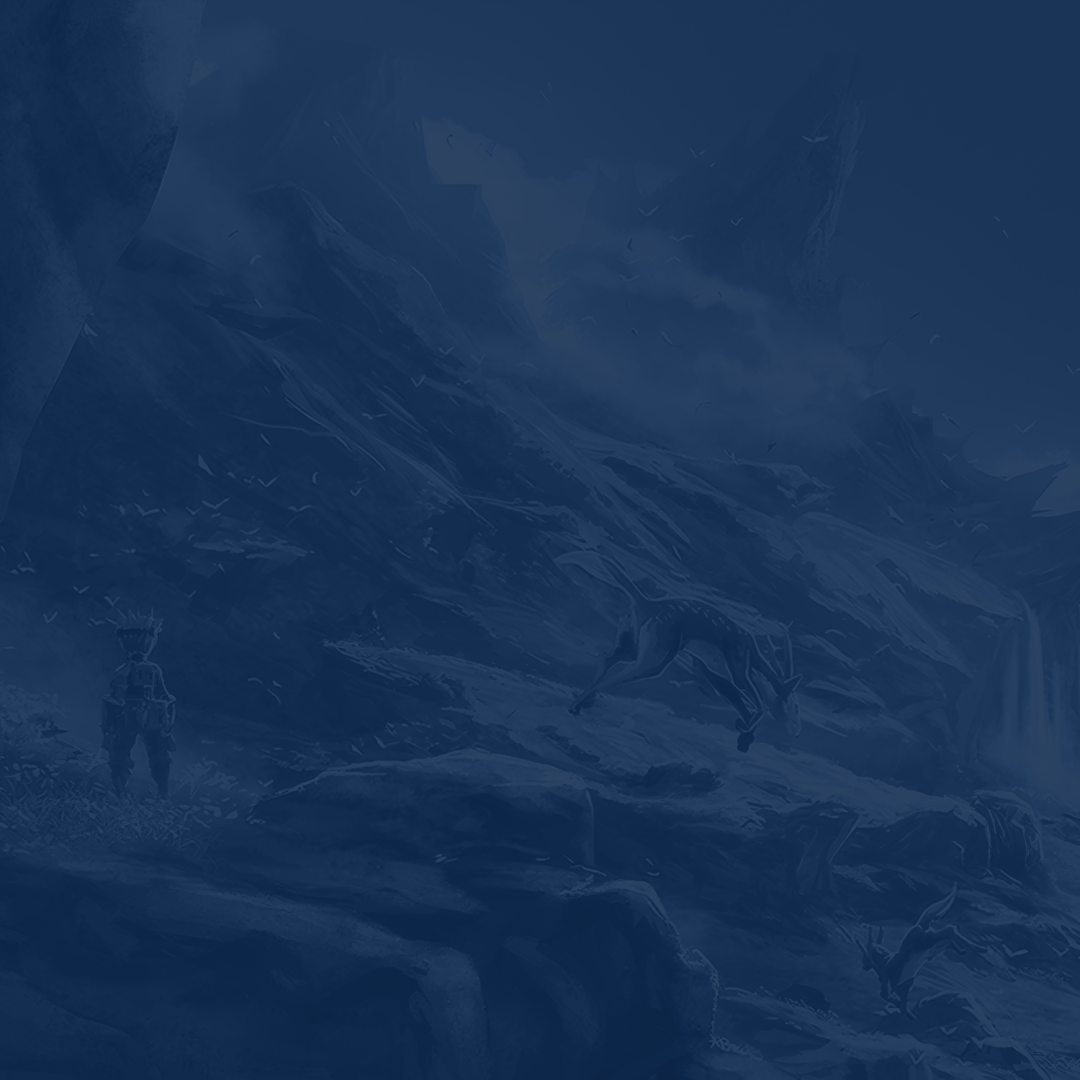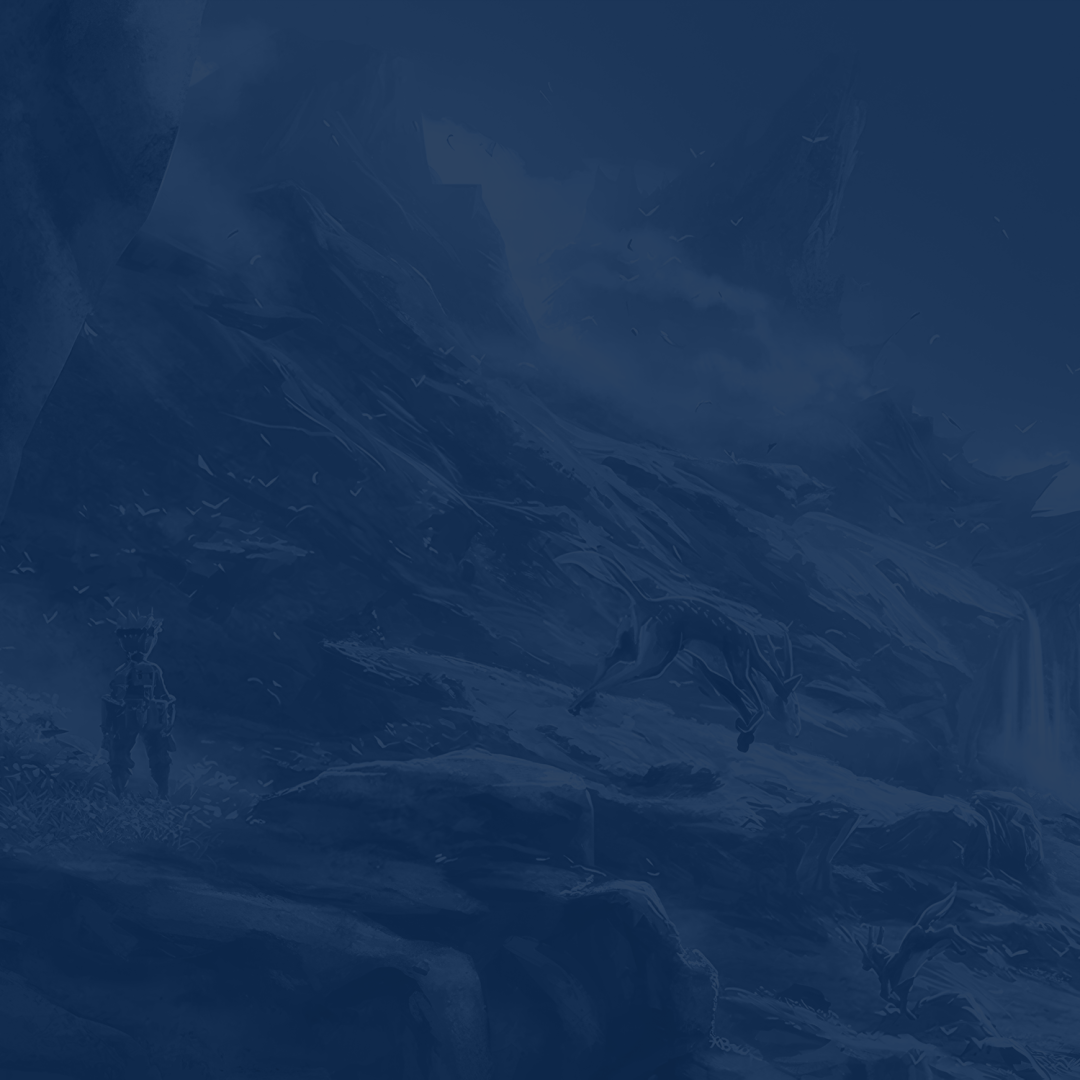If you’re new to Monster Hunter games or just do not really understand what the Ranks are, this Monster Hunter Wilds leveling guide will explain everything. Given that Monster Hunter games have their own spin on a lot of familiar systems in online games, the leveling system being one of them, new players might get confused as to how their character progression works. Well, this guide here is going to answer all of your questions.
If you need some help ranking up your character, you can always Buy Monster Hunter Wilds Rank Boost at Skycoach. Monster Hunter is a franchise that is known for its grindy gameplay loop, and it usually takes hundreds of hours to rank up to the max rank. If you’re tired of grinding or just don’t have that much free time, just get this boosting service. It’s a completely safe purchase where you place an order, and professional gamers take it upon themselves to raise your character’s rank to the required level.
Check out more MH Wilds articles:
Note: At Skycoach, you can Buy Monster Hunter Wilds Boost at the best prices with fast delivery. Use our special PROMO CODE (in green) hidden in this article for a 20% DISCOUNT.
What Are Hunter Ranks?
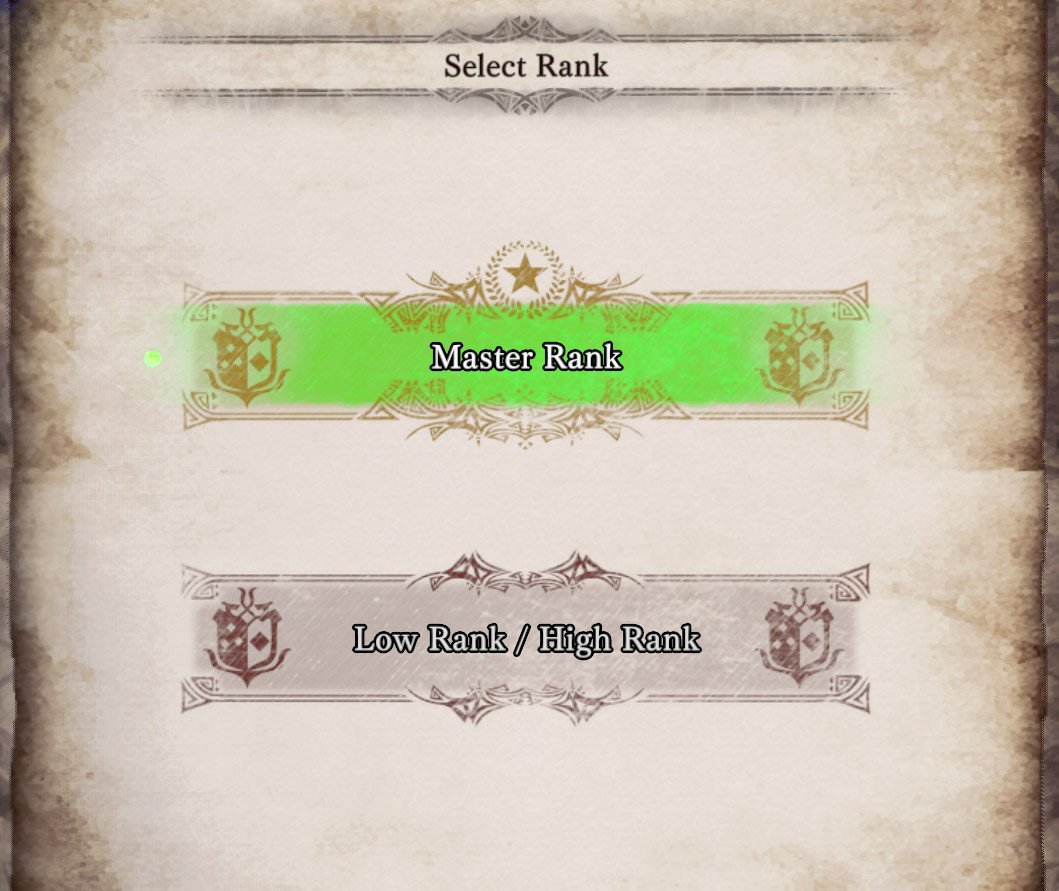
Unlike traditional MMO games, where characters gain levels to reflect their progression, here you have Monster Hunter Wilds Hunter Rank (HR) system. For simplicity, we’ll use the term Hunters to refer to player characters moving forward. Instead of gaining levels, Hunters increase their rank through completing quests and hunts. These ranks, represented by numerical values, are divided into three distinct tiers, each corresponding to the difficulty of the content Hunters will face:
- Low Rank
- High Rank
- Master Rank (known as G-Rank in Japan)
Does this mean that fast leveling Monster Hunter Wilds is possible or not? This structure serves as a logical progression system that has been a hallmark of the Monster Hunter series. As your Hunter increases their rank, gaining knowledge, experience, and skill, they also gain access to increasingly challenging hunt orders and more powerful foes. At the same time, you gain access to gear from your current rank tier, with each new tier offering better stats, unique designs, and more specialized options.
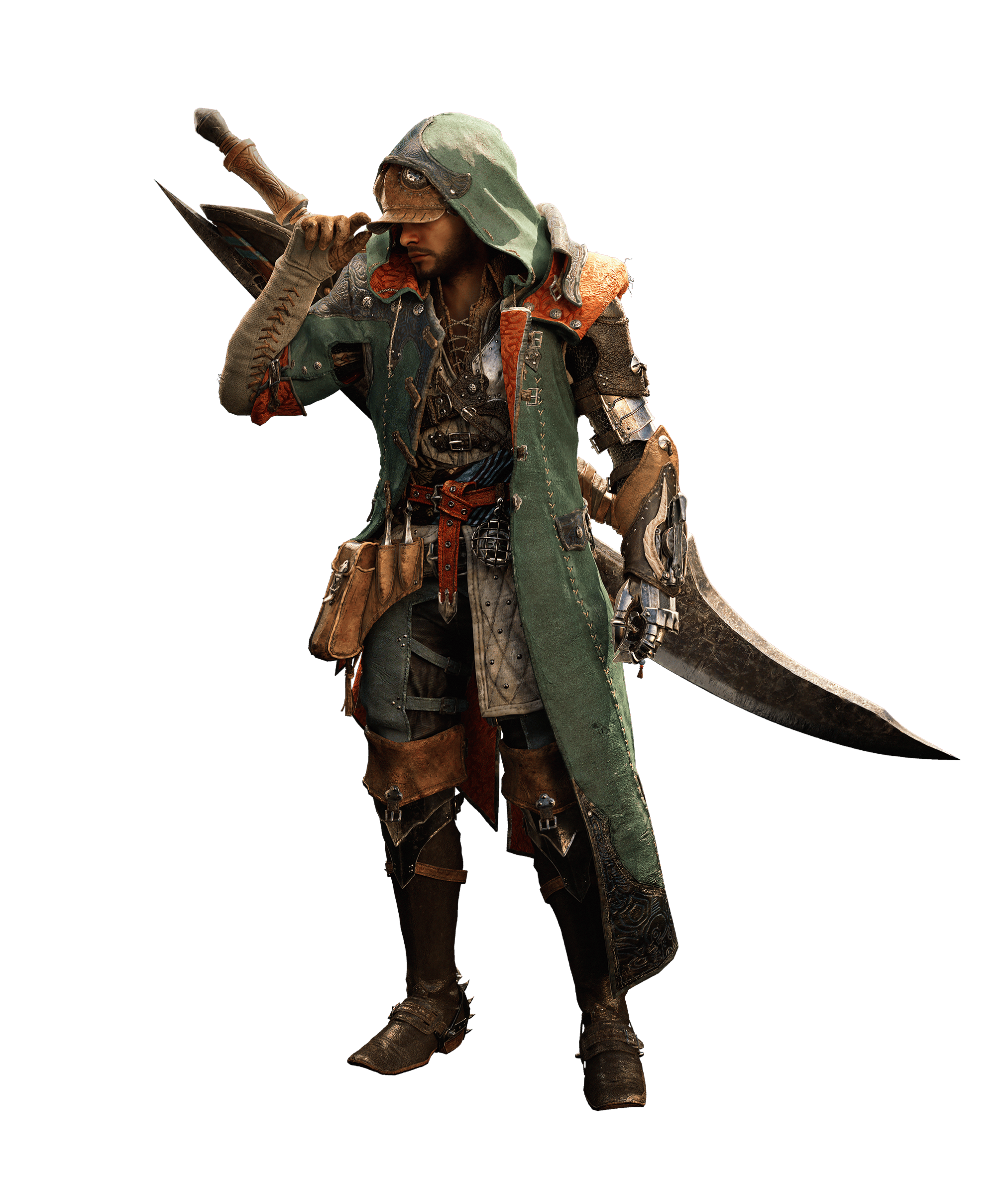
Unlike other games, where you can simply adjust the difficulty setting from "easy" to "hard" and have the game dynamically scale enemy health or damage values—like in Diablo 4 or similar titles—Monster Hunter games use a tiered rank system to organically increase difficulty. The progression is woven into the narrative itself, with each rank tier representing a natural step up in both challenge and reward.
In Monster Hunter games, the main story typically progresses seamlessly through all rank tiers. You begin your journey in Low Rank, where the story introduces you to basic mechanics and smaller, less threatening monsters. After mastering these early challenges, you’ll encounter a significant boss hunt—a pivotal fight that unlocks High Rank. This is where the real hunt begins, with stronger monsters, better gear, and more complex mechanics. Finally, you’ll ascend to Master Rank, the ultimate tier, where even veteran Hunters face the toughest monsters and tests of skill.
For players wondering about the fastest way to level in Monster Hunter Wilds, it’s important to note that progression ties closely to completing key story hunts and challenges. The game doesn’t rely on grinding experience points or flipping through difficulty settings; instead, it rewards mastery and strategy, which naturally accelerates rank progression.
It’s highly likely that Monster Hunter Wilds will follow this same principle, offering a narrative experience that naturally guides players through Low, High, and Master Ranks while scaling difficulty and rewards. BLOG20
In the following parts of this Monster Hunter Wilds fast leveling guide, we’ll break down what each rank tier entails, giving you a clear idea of what to expect. Keep in mind that much of this is speculative, as Capcom has yet to reveal specifics about the rank system in Wilds—but the framework has remained largely consistent across the series.
Low Rank: Starting Your Journey
At the start of the game, you’ll be limited to Low Rank content. Low Rank typically falls between Hunter Rank (HR) 1-15, or something in that ballpark if Wilds follows the same structure as Monster Hunter World when it comes to rank progression. So, what can you expect?
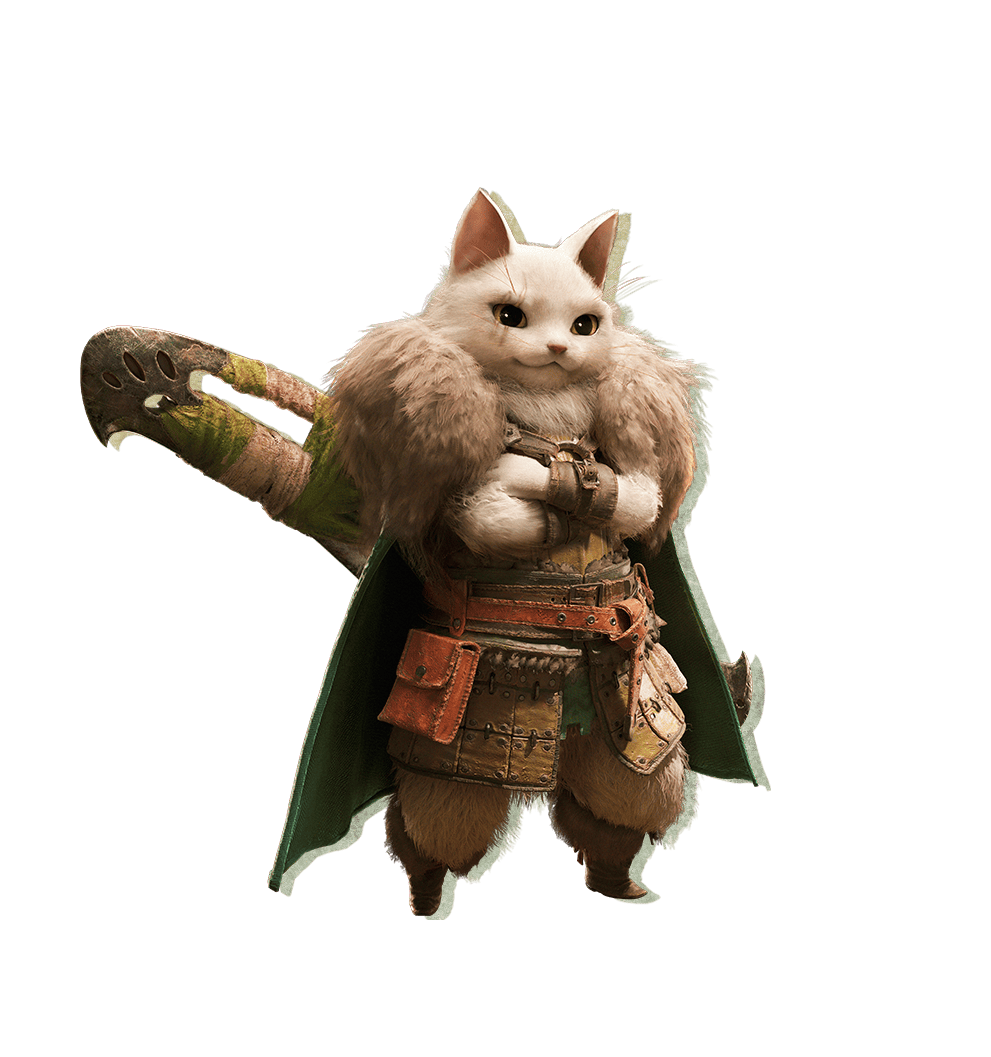
First of all, don’t assume that Low Rank is easy mode—it’s far from it. We already know of at least 15 monsters, three of which are Apex Predators for each of the three announced regions. Among those 15, there are monsters like Rathalos, who was the Apex Predator in Monster Hunter World.
For those unfamiliar, Apex Predators are extremely aggressive and powerful monsters, and new players often struggle to defeat them.
In other words, when it comes to difficulty and monster variety, Low Rank is not something you’ll want (or be able to) rush through without preparation. If you’re looking for the Monster Hunter Wilds level up fast approach, it’s not about skipping content but rather learning to hunt efficiently, mastering weapon mechanics, and using the right tools to make every hunt count.
Gear Progression
When it comes to available gear and tools, you’ll, of course, have access to the first tier (Low Rank tier) of armor and weapon upgrade trees. There are about a dozen different options for each monster's upgrade trees for both armor and weapons, so there’s plenty of variety to choose from.
On top of that, it seems that in Monster Hunter Wilds, you’ll be introduced to Decorations early on. Whether or not this is true remains uncertain, but based on the content of the open beta, which reflected the very beginning of the game, Decorations are very much present. Decorations are items that grant skills and can be slotted into gear pieces or weapons that have available slots for them.
High Rank: The Real Hunt Begins

Once you’ve conquered Low Rank content, you’ll move into High Rank, which is typically unlocked around Hunter Rank (HR) 16-50, assuming Monster Hunter Wilds follows the precedent set by previous games like World and Rise. This is where the game ramps up significantly in both challenge and complexity.
High Rank introduces a wider variety of monsters, including more powerful versions of those you’ve already faced in Low Rank, as well as entirely new species. Expect monsters to hit harder, have more health, and introduce new behaviors or attacks you haven’t seen before. Additionally, High Rank may also bring in Tempered Monsters or their equivalent in Wilds—these are significantly stronger versions of regular monsters designed to push even experienced hunters to their limits.
If you’re looking for Monster Hunter Wilds how to level up fast, mastering High Rank is key. Focus on efficient hunts, target monsters that provide materials for the best gear upgrades, and leverage tools like Decorations and set bonuses to enhance your power. Skipping optional hunts can hinder your progress, so take the time to complete side quests and gather crucial resources.
Not to mention, High Rank typically marks the discovery of additional locations. It’s safe to assume that the 3 already known are reserved for Low Rank, with probably two more that we’ll discover in High Rank.
Gear Progression
High Rank gear represents a substantial upgrade from Low Rank, both in terms of stats and customization options. Armor and weapons from High Rank are often slightly redesigned versions of their Low Rank counterparts, featuring additional details, alternate color schemes, and improved stats. Plus, you obviously get access to weapons and armor from the new monsters available only in High Rank.
You’ll also notice that High Rank gear typically comes with more decoration slots, allowing for greater flexibility when fine-tuning your build.
Another major element of High Rank is the introduction of set bonuses and group skills, which reward hunters for wearing multiple pieces of the same armor set. This encourages experimentation as you balance individual skills, elemental resistances, and set bonuses to create the ideal build for your hunts.
In short, High Rank is where the game’s depth really begins to shine, and it’s a tier you’ll want to spend time mastering before progressing to the ultimate challenge.
Master Rank: The Ultimate Challenge
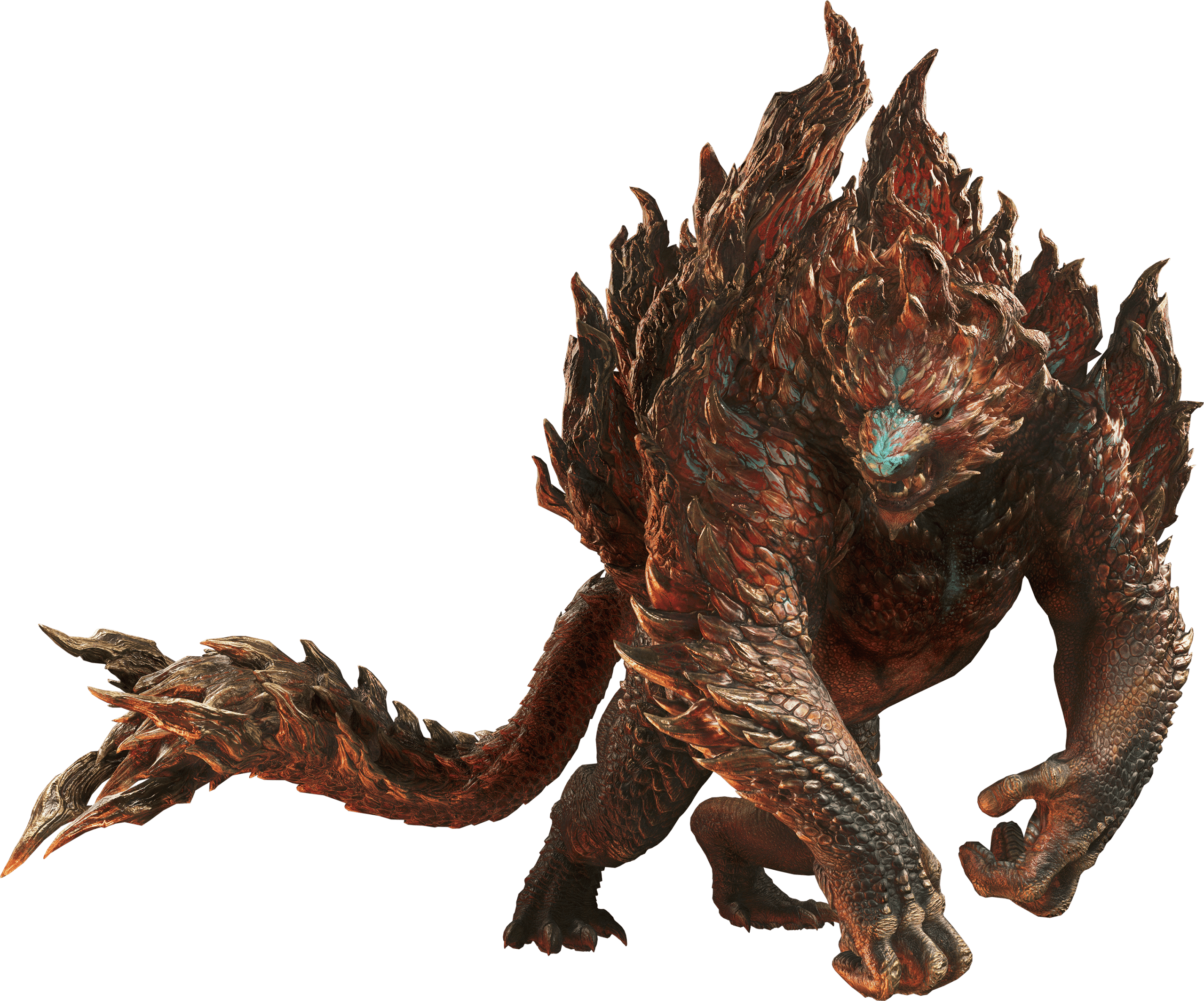 Monster Hunter Wilds Master Rank, known as G-Rank in Japan, is the pinnacle of difficulty in the Monster Hunter series. Traditionally, this rank is not included in the base game at launch. Instead, it is introduced as part of a major expansion released one to two years after the game’s debut. For example, Monster Hunter World received its Master Rank content through the Iceborne expansion, which added a wealth of new challenges, monsters, and gear to the game.
Monster Hunter Wilds Master Rank, known as G-Rank in Japan, is the pinnacle of difficulty in the Monster Hunter series. Traditionally, this rank is not included in the base game at launch. Instead, it is introduced as part of a major expansion released one to two years after the game’s debut. For example, Monster Hunter World received its Master Rank content through the Iceborne expansion, which added a wealth of new challenges, monsters, and gear to the game.
Because of this structure, players should not expect to see Master Rank in Monster Hunter Wilds at release. Instead, the game will likely launch with Low Rank and High Rank content, with Master Rank arriving later as part of an expansion that introduces a fresh tier of hunts and major endgame content.
What to Expect from Master Rank (When It Arrives)
When Master Rank does come to Wilds, it will bring with it an entirely new level of challenge. Monsters at this tier are not only tougher, faster, and more aggressive but often feature entirely new movesets and behavior patterns designed to keep even the most experienced hunters on edge. You’ll also encounter brand-new monsters exclusive to this rank, along with heightened versions of monsters from Low and High Rank.
Gear Progression
Master Rank gear traditionally represents the peak of Monster Hunter customization. Expect substantial stat boosts, intricate designs, and multiple decoration slots that allow for an unprecedented level of build flexibility. In past games, Master Rank gear also introduced alternate versions of existing armor with unique traits, giving players even more options for optimizing their loadouts. BLOG20
When Monster Hunter Wilds receives its Master Rank content, it will likely include exclusive set bonuses, endgame systems, and powerful upgrades to weapons and armor that redefine the meta. The arrival of this rank will mark a turning point in the game’s lifecycle, injecting new excitement and depth for players who’ve mastered the base game.
Post-Master Rank: Infinitely Replayable Endgame?
Once Master Rank makes its debut in Monster Hunter Wilds, it's only natural to wonder if Capcom will include an endgame system akin to Monster Hunter World: Iceborne’s Guiding Lands. The Guiding Lands introduced a near-infinite replayable system, combining multiple biomes into a single evolving map where monsters of increasing difficulty roamed, offering rare materials and exciting challenges.
How to Progress Your Rank
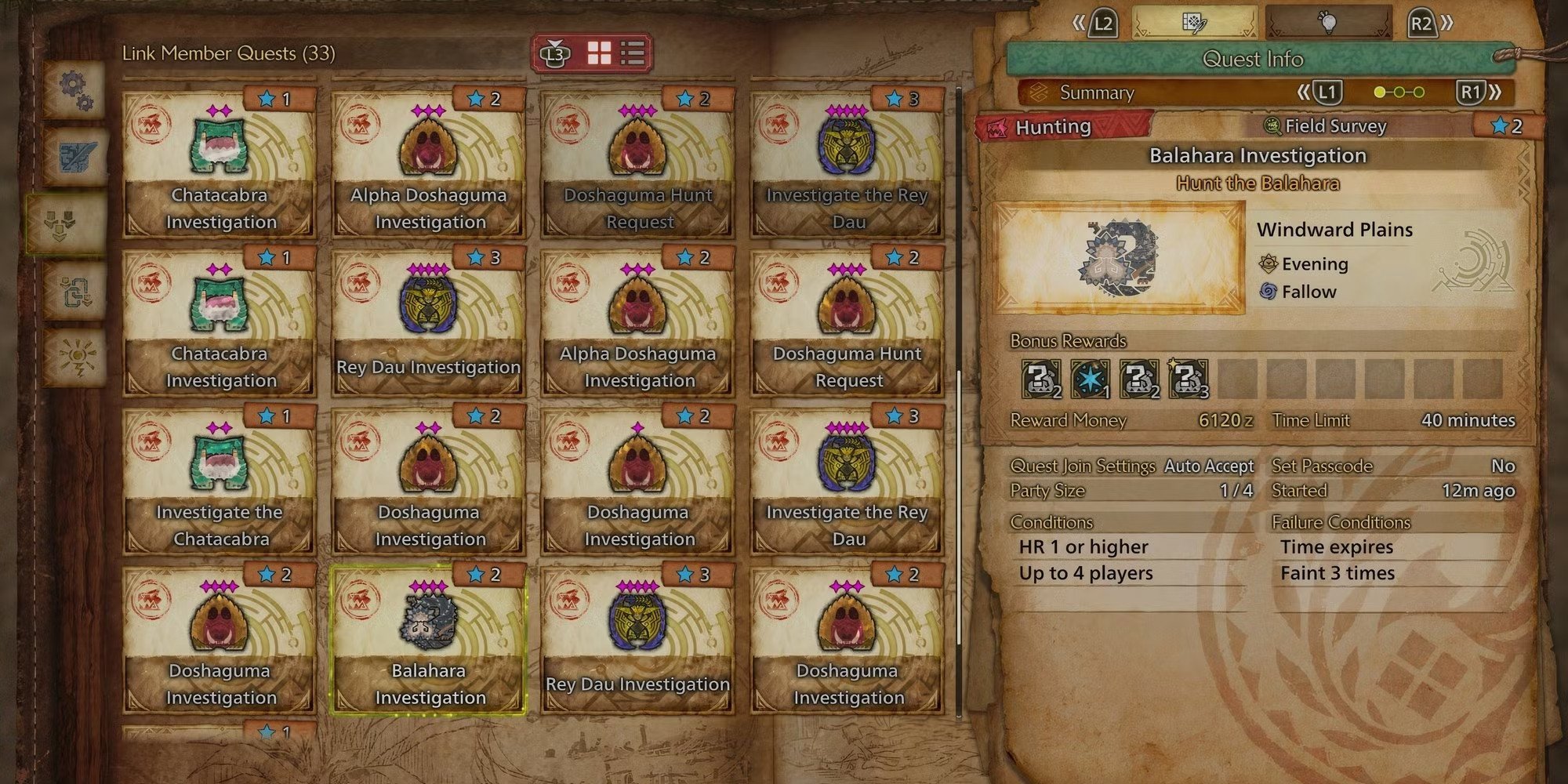
Advancing your Hunter Rank in Monster Hunter Wilds involves completing key story quests, which typically culminate in challenging boss fights to unlock the next tier. Unlike traditional MMO games where leveling usually involves grinding repetitive quests or mobs, rank progression in Wilds is more structured and purposeful. Each quest serves as an opportunity to gather vital materials, craft better gear, and prepare for progressively harder challenges.
The progression flow looks like this:
- Complete Low Rank Quests: Gather materials and craft beginner gear to survive early hunts.
- Face the High Rank Barrier Monster: Transition into High Rank by defeating a tougher, story-critical monster.
- Grind High Rank Quests: Hunt stronger monsters to upgrade your gear, often with new decorations and skills, and prepare for more dangerous encounters.
- Prepare for Master Rank: When expansions arrive, optimize your builds, learn advanced mechanics, and prepare for the ultimate hunts.
What sets Wilds apart is its open-world nature, allowing for new dynamics in rank progression. For example, the ability to track multiple Rathalos—some with higher difficulty levels—shows that ranking up your Hunter could be more streamlined. Instead of rigid, isolated quests, the open-world approach could make progression feel more organic and immersive because you can just decide which monster to hunt and how difficult and long your hunt is going to be, practically, on the move.
Additionally, as in all Monster Hunter games, you should never skip optional hunt requests or quests. These side activities often reward Hunters with unique gadgets, tools, or upgrades that cannot be obtained in any other way. Whether it’s a specialized trap, Palico gadget, or even a unique armor set, these rewards can give you a crucial edge as you climb the ranks. BLOG20
Tips for Leveling Up in Monster Hunter Wilds
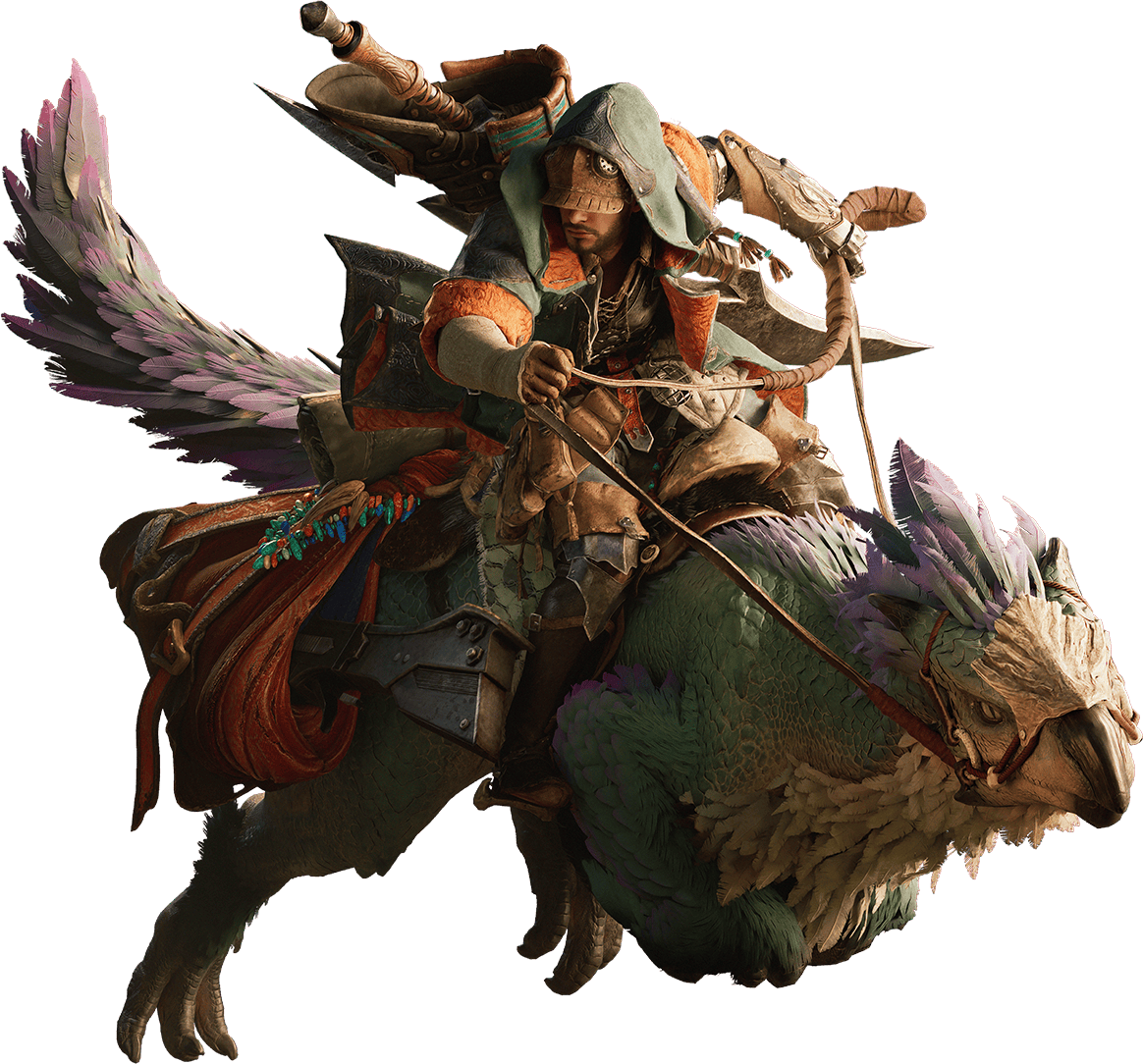 If you’re wondering how to level up fast in Monster Hunter Wilds, the key is to focus on efficiency and preparation. Ranking up means completing hunts faster, but there’s much more to it than just speeding through quests. Your personal skill with your chosen weapon type plays a huge role—how quickly can you take down a monster with your most familiar weapon? Preparation is equally important: what buffs you cook for, whether your gear’s skills complement your weapon, and how well you exploit the weaknesses of your next target.
If you’re wondering how to level up fast in Monster Hunter Wilds, the key is to focus on efficiency and preparation. Ranking up means completing hunts faster, but there’s much more to it than just speeding through quests. Your personal skill with your chosen weapon type plays a huge role—how quickly can you take down a monster with your most familiar weapon? Preparation is equally important: what buffs you cook for, whether your gear’s skills complement your weapon, and how well you exploit the weaknesses of your next target.
With all that in mind, here are some Monster Hunter Wilds leveling tips:
- Read through all tooltips when choosing armor and weapons – Make sure you understand why you’re picking a particular armor piece, what skills it grants, and what damage type it protects you from. The fashion game can wait until you’ve reached Master Rank.
- Keep your consumables stocked and organized – Always have the basics in your quick slot: potions, antidotes, power-ups, and anything else you might need. Only bring what’s essential to avoid endlessly scrolling through your quick bar in the heat of battle.
- Don’t skip cooking food – Learn how to combine ingredients to get the buffs and skills you need. While it may require some time collecting ingredients, the cooking buffs are far too powerful to ignore.
- Be smart with your money – Don’t waste resources crafting gear you don’t plan to use. Zenny adds up fast, and each new Rank tier introduces gear that costs significantly more than the previous one.
- Take advantage of the SOS system – Hunting with others, even NPC Hunters, can make your hunts up to 70% easier. If you’re aiming to rank up quickly, use an SOS flare for every hunt.
- Consider Skycoach Rank Boost – A fast and reliable way to rank up your Hunter without spending hours grinding.
Even if you only follow one or two of these tips, you’ll notice a big difference in your progression. Trust me, by the time you reach the end of High Rank, you’ll likely find yourself doing all of these naturally.
Conclusion
What else is left to say? Coming full circle to the beginning, Hunter Ranks are much like classic leveling systems in online games, yet they stand out as something entirely unique.
Divided into three tiers, your Hunter Rank progresses naturally as you complete more story hunts. With Monster Hunter Wilds' open-world design, you’ll encounter monsters more frequently and dynamically than in previous titles. As soon as you engage a large monster, the hunt for it is seamlessly initialized—essentially creating your own hunting order on the spot. No more scrolling through the quest board to get started.
This new system not only streamlines the leveling process but retains the classic Monster Hunter experience that fans know and love.
F.A.Q.
What is the Difference Between Hunter Rank and Master Rank in Monster Hunter Wilds?
Hunter Rank (HR) represents your progression through Low Rank and High Rank content in the base game. Master Rank (MR), traditionally introduced in major expansions, provides tougher challenges, new monsters, and exclusive gear. Wilds will likely follow the same structure, with MR arriving alongside a future expansion.
What is the Max Hunter Rank in Monster Hunter Wilds?
While Wilds has not officially confirmed the max Hunter Rank, previous titles like World capped HR at 999. It's expected that Wilds will have a similar max rank, allowing players to grind endlessly for achievements and bragging rights.
How to Level Up Hunter Rank Quickly in Monster Hunter Wilds?
Focus on completing main story quests, tackling High Rank monsters as soon as possible, and joining multiplayer hunts for efficiency. Event quests and farming challenging monsters can also speed up rank progression.
Is Master Rank in Monster Hunter Wilds?
If Wilds follows the traditional Monster Hunter formula, Master Rank will arrive with a major expansion (similar to Iceborne for World). This expansion will bring new monsters, tougher versions of existing monsters, and exclusive Master Rank gear to craft and upgrade. Expect this expansion about a year or two after the base game’s release.



